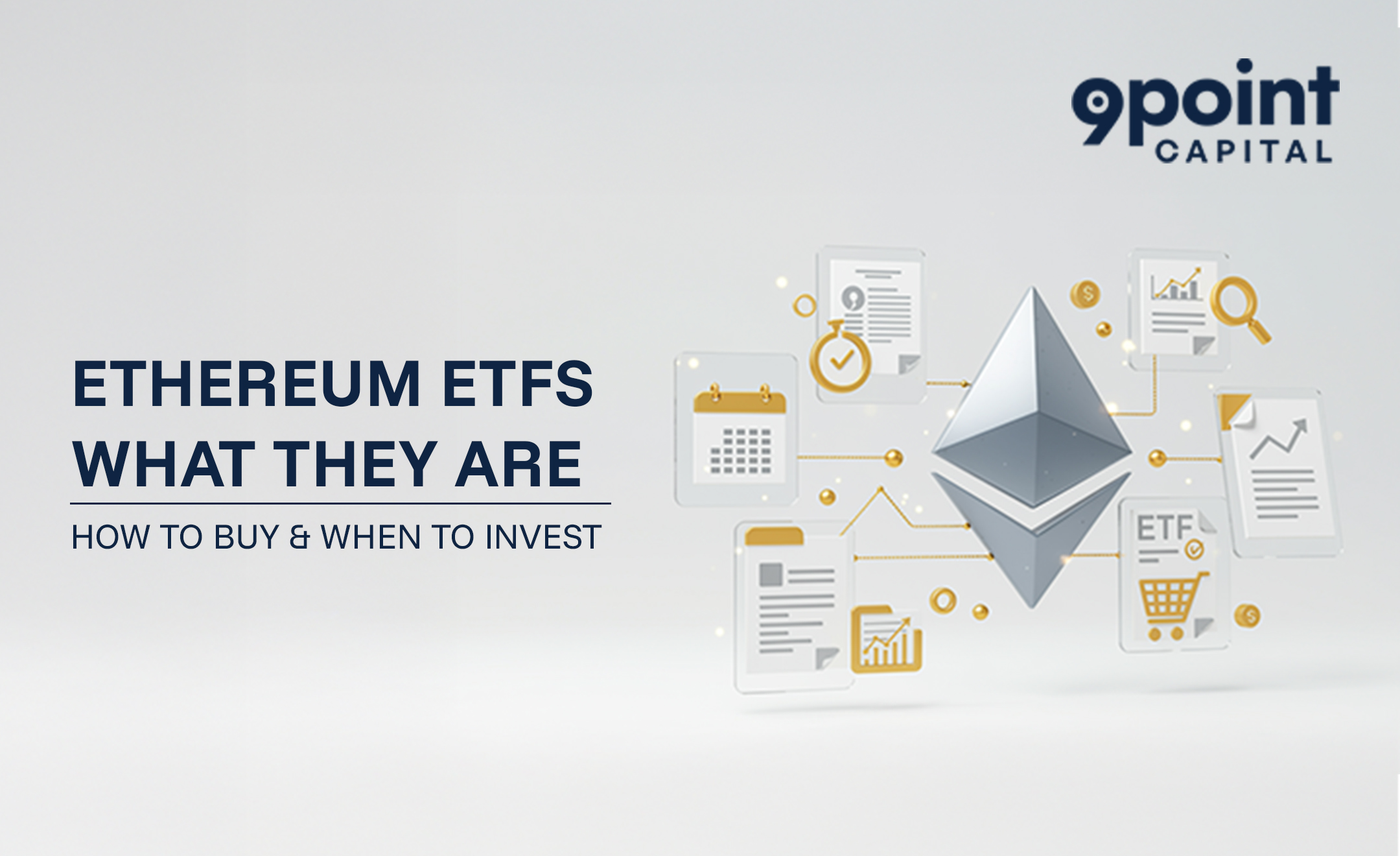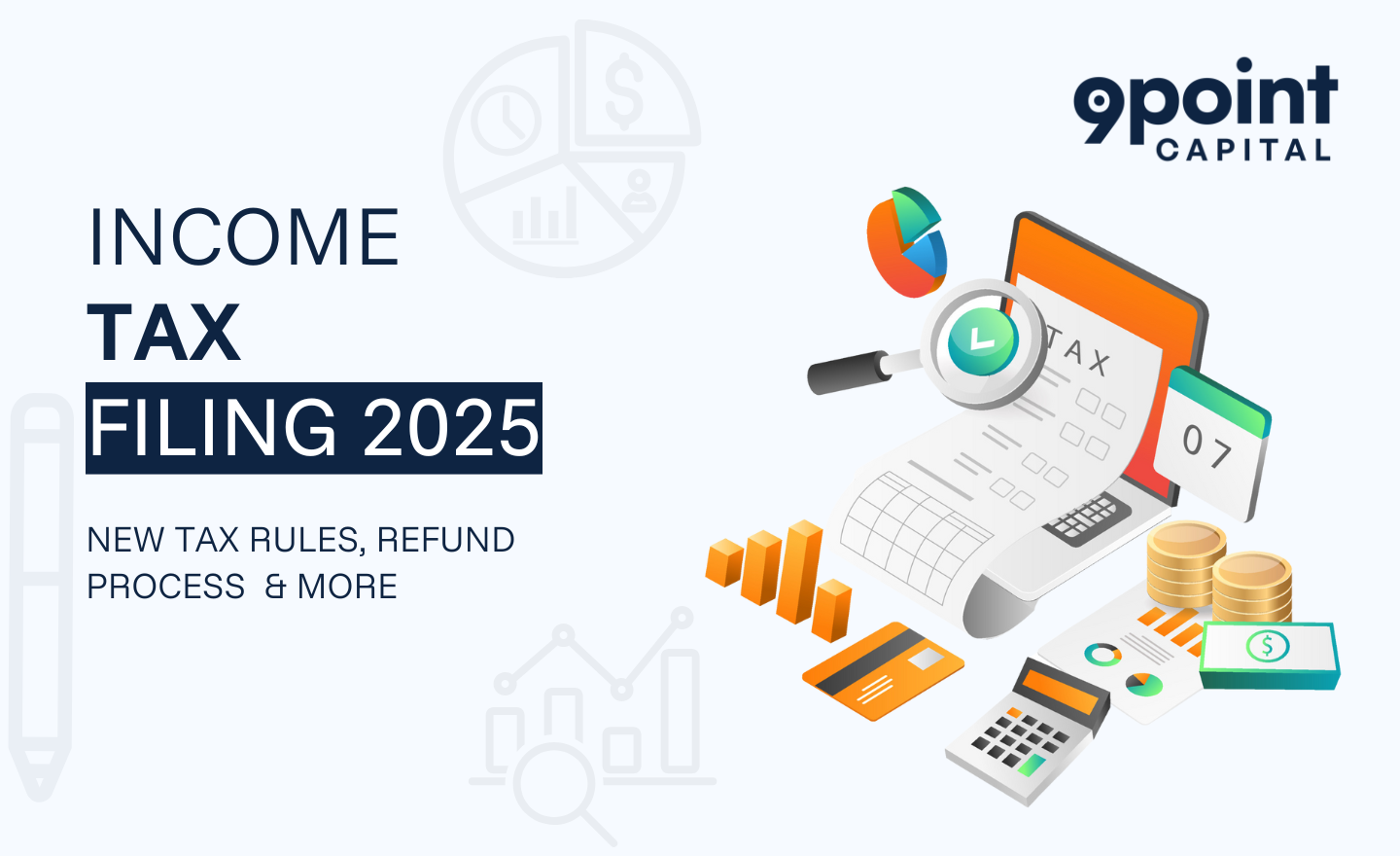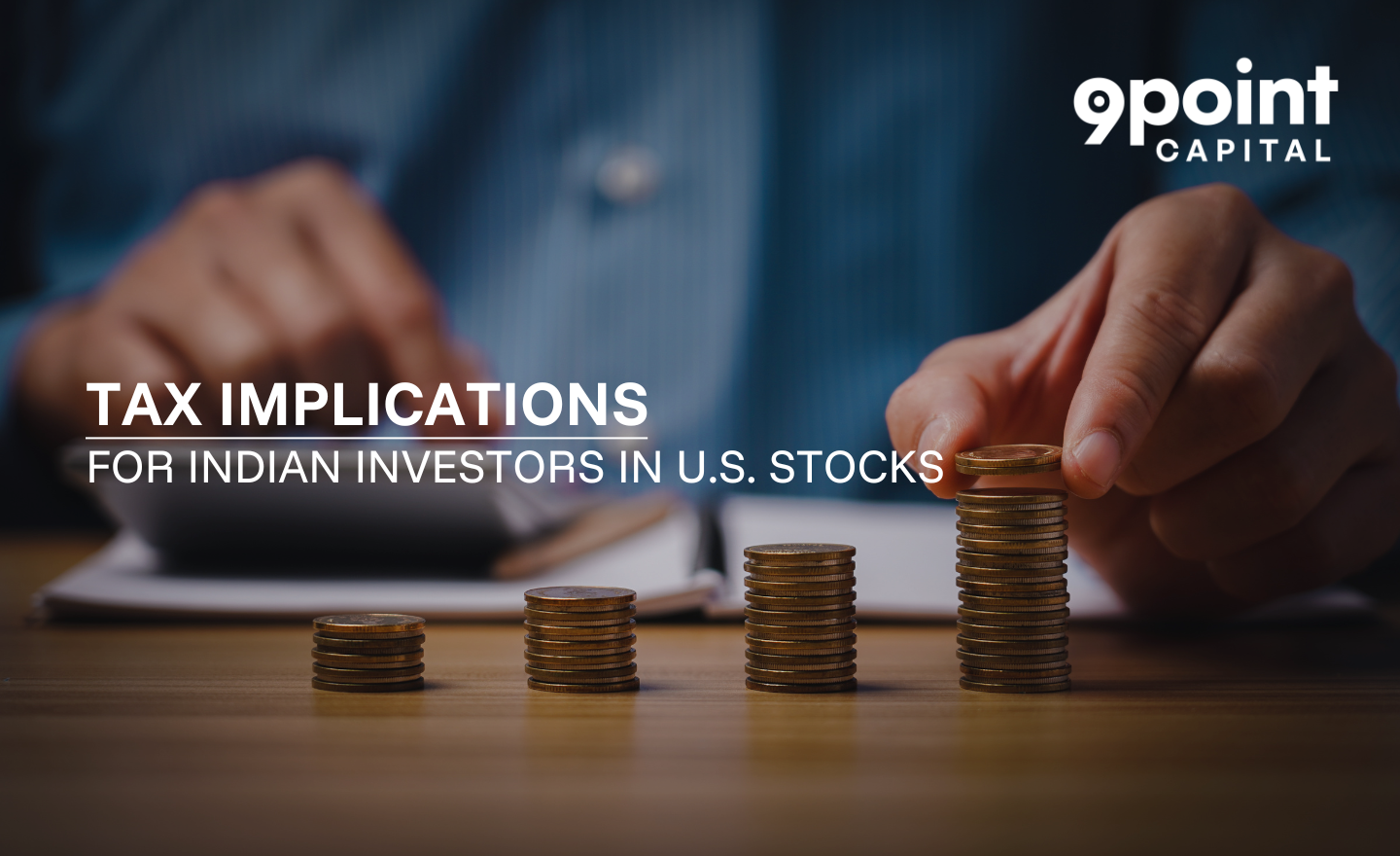Under this scheme, Indian individuals (including minors) can remit up to $250,000 per financial year (April-March) for purposes such as:
- Investment in foreign stocks, ETFs and bonds
- Purchase of U.S. regulated Bitcoin ETFs and digital assets
- Real estate investment abroad
- Education and medical expenses
- Maintenance of relatives overseas
- Foreign travel and expenses
For HNIs, UHNIs and family offices, the LRS presents a strategic opportunity to access global wealth-building avenues while maintaining compliance with Indian regulations.
Who Is Eligible to Use LRS?
- Any Indian resident individual, including minors (with a guardian’s authorisation).
- HUFs and partnerships are NOT eligible under LRS—only individuals can use it.
- Companies, LLPs and trusts must seek RBI approval for overseas investments.
Permitted vs. Restricted Transactions Under LRS
While LRS opens up numerous investment opportunities, it also comes with strict limitations to ensure responsible capital movement.
| Permitted Under LRS | Not Permitted Under LRS |
| Investment in foreign stocks, ETFs and bonds | Margin trading, derivatives and leveraged products |
| Investment in Bitcoin ETFs and other regulated digital assets | Unregulated cryptocurrencies and exchanges |
| Opening foreign bank and brokerage accounts | Transactions violating FEMA and AML laws |
| Purchase of real estate abroad | Lottery, betting and gambling remittances |
| Education and tuition fees abroad | Forex trading and speculative investments |
| Medical treatment and family maintenance | Transfers to blacklisted individuals and entities |
Key RBI Guidelines on LRS Investments
To ensure smooth overseas remittances, the RBI has outlined specific guidelines on limits, taxation and compliance requirements. These rules help investors maximise the benefits of LRS while avoiding unnecessary penalties.
1. Annual Limit of $250,000
- The remittance limit is per individual and resets every financial year.
- Families can combine LRS limits (e.g., a family of four can remit up to $1 million per year).
2. Tax Collected at Source (TCS) on LRS
- 20% TCS applies to investments beyond ₹7 lakh (~$8,400) in a financial year unless claimed as a credit/refund in ITR. Up to 7 lakh, 5% TCS is applicable.
- Lower TCS rates apply for education-related remittances.
3. Bank Approval Required
- Investors need to submit Form A2 and declare the purpose of remittance.
- The bank ensures the transaction complies with RBI’s FEMA (Foreign Exchange Management Act) regulations.
4. Taxation on Foreign Investments
- Capital gains tax applies to LRS investments upon sale of assets.
- Gains from U.S. stocks are taxed under the U.S.-India DTAA (Double Taxation Avoidance Agreement) to prevent double taxation.
- Dividend income from U.S. stocks is taxed at 25% in the U.S. but can be claimed as a foreign tax credit in India.
How to Use LRS for U.S. Stock and Digital Asset Investments?
Indian investors can seamlessly invest in U.S. markets using LRS, but a structured approach ensures efficiency and compliance. Below is a step-by-step guide to investing in U.S. stocks, ETFs and regulated digital assets.
Step 1: Choose a Global Investment Platform
- Partner with a regulated financial institution like 9Point Capital, which offers seamless LRS facilitation.
- Ensure the platform provides access to U.S. equities, Bitcoin ETFs and tokenized assets.
Step 2: Open a Foreign Investment Account
- Submit KYC documents and comply with RBI-mandated reporting.
- Some brokers require a U.S. W-8BEN tax form to avail of treaty benefits under DTAA.
Step 3: Transfer Funds via LRS
- Use your Indian bank’s remittance service to wire money abroad.
- Submit Form A2 along with the purpose declaration.
Step 4: Invest and Track Portfolio Performance
- Diversify across U.S. stocks, ETFs and alternative assets.
- Monitor foreign exchange rates and rebalance periodically.
Why Use LRS for Global Investments?
By leveraging LRS, individuals can hedge against currency risks and capitalise on emerging financial trends.
- Access to U.S. Market Leaders – Invest in Tesla, Apple, Microsoft and regulated digital asset ETFs.
- Hedge Against Rupee Depreciation – Gain exposure to USD-denominated assets.
- Better Portfolio Diversification – Reduce dependence on Indian markets and regulatory risks.
- Regulated Bitcoin ETFs – Securely invest in digital assets under U.S. SEC regulations.
- Tax Efficiency Through GIFT City – Use tax-efficient structures to optimise global wealth.
9Point Capital: A Great Platform for LRS Investments
For Indian investors looking to tap into global opportunities, 9Point Capital provides a secure and user-friendly gateway. Key advantages include:
- Smooth LRS Facilitation – Expertise in guiding clients through compliance requirements, documentation and timely execution of overseas transactions.
- Various Investment Options – Access to U.S. equities, ETFs and regulated digital asset investments.
- Tax and Regulatory Efficiency – Support for investors to navigate complex taxation rules and cross-border regulations, ensuring smooth, tax-efficient investments.
Final Thoughts
The Liberalised Remittance Scheme (LRS) is a game-changer for Indian investors seeking global exposure. By using LRS strategically, HNIs and family offices can invest in U.S. stocks, ETFs and regulated digital assets while remaining fully compliant with RBI regulations.
Get in touch with 9Point Capital today to start your global investment journey!













